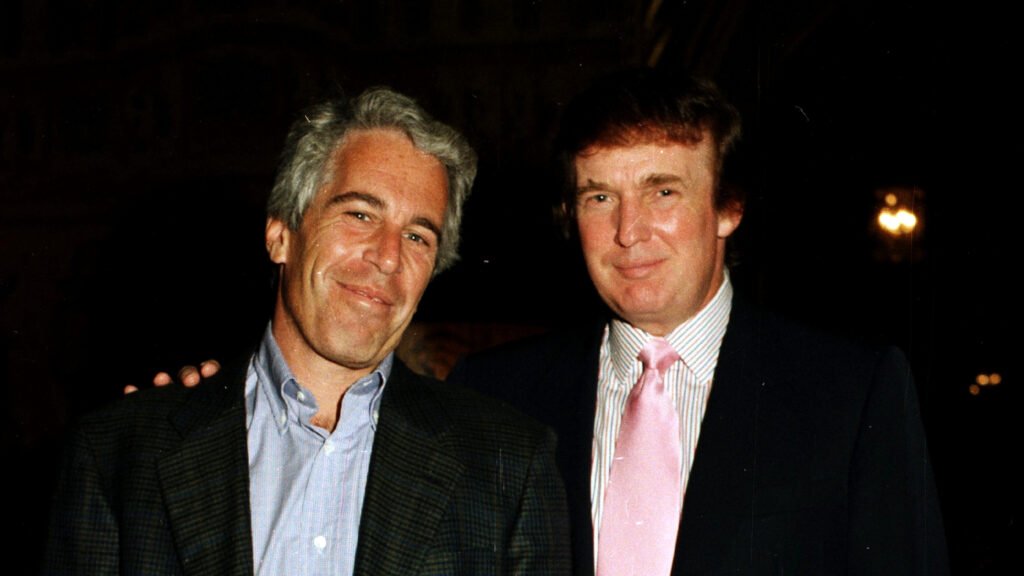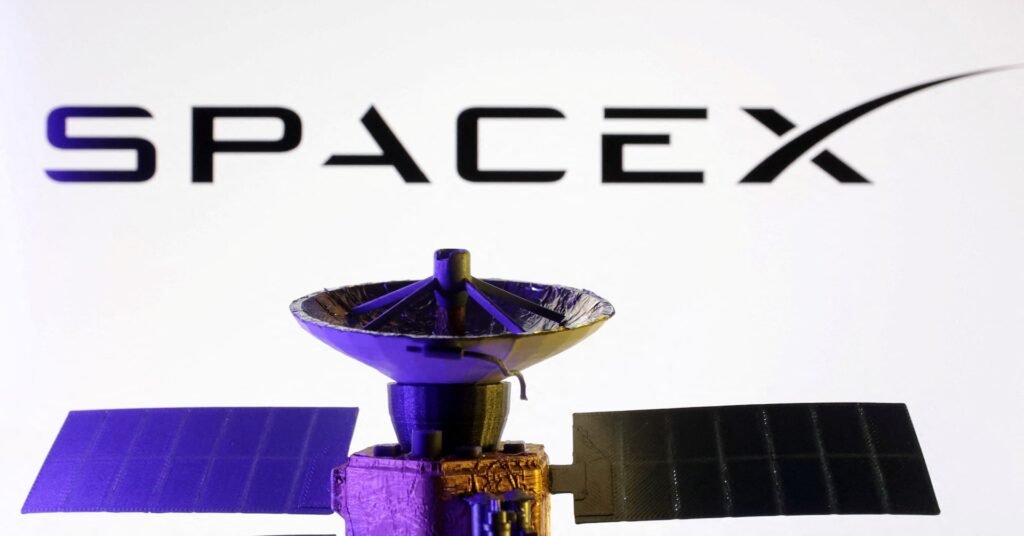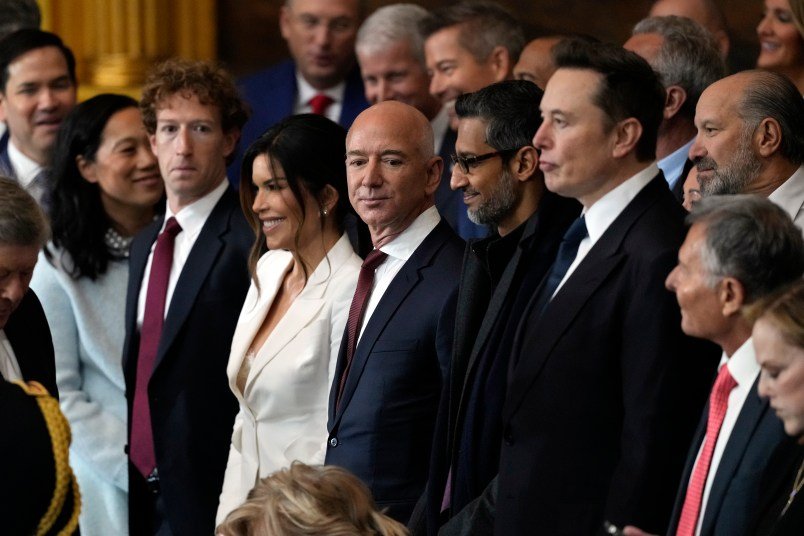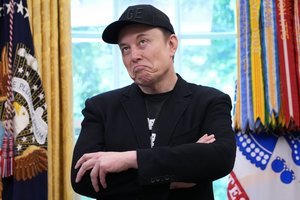The recent handshake between Indian Foreign Minister Subrahmanyam Jaishankar and Chinese President Xi Jinping in Beijing is more than a symbolic gesture. It reflects a cautious attempt to compensate for years of silence between the two Asian giants. As Jaishankar’s first visit to China since the Galwan Valley clash in 2020, it can be seen as an inflection point in India-China relations.
There was a flurry of China-India re-engagement following the 2024 border agreement, which allowed for controlled patrolling along the Line of Actual Control. Following a meeting between Xi and Indian Prime Minister Narendra Modi on the sidelines of the Brics summit in Kazan, Russia, in October 2024, multiple senior Indian officials – Foreign Secretary Vikram Misri, Defence Minister Rajnath Singh and National Security Adviser Ajit Doval – visited China.
Given that Jaishankar’s interaction with Xi took place on the sidelines of a Shanghai Cooperation Organisation (SCO) foreign ministers meeting in the Chinese city of Tianjin, it can be seen as a showcase of warming relations and a sign that both sides are choosing multilateral optics over a bilateral breakthrough.
The interaction also comes amid India’s tensions with Pakistan, following their latest military clash, and high US tariffs on China. Whether this moment leads to sustained dialogue or remains a tactical reset will depend on how both sides manage the balance between hard security issues and economic interests.
After Modi was re-elected as India’s prime minister, he has focused on maintaining stable relations with China. Returning to the “normal” before the 2020 clash, India is betting on re-engagement as the best way to avoid an unintended escalation along its militarised border. It also aims to present the narrative that it is open to dialogue without compromising on sovereignty.
While this approach allows for diplomatic signalling, using multilateral frameworks to interact avoids the impression of bilateral normalisation. Re-engagement with China helps India balance out its alignment with the United States and the Quadrilateral Security Dialogue (Quad). Overall, this outreach portrays India as a stabilising force in Asia amid global polarisation.
Visited 1 times, 1 visit(s) today






